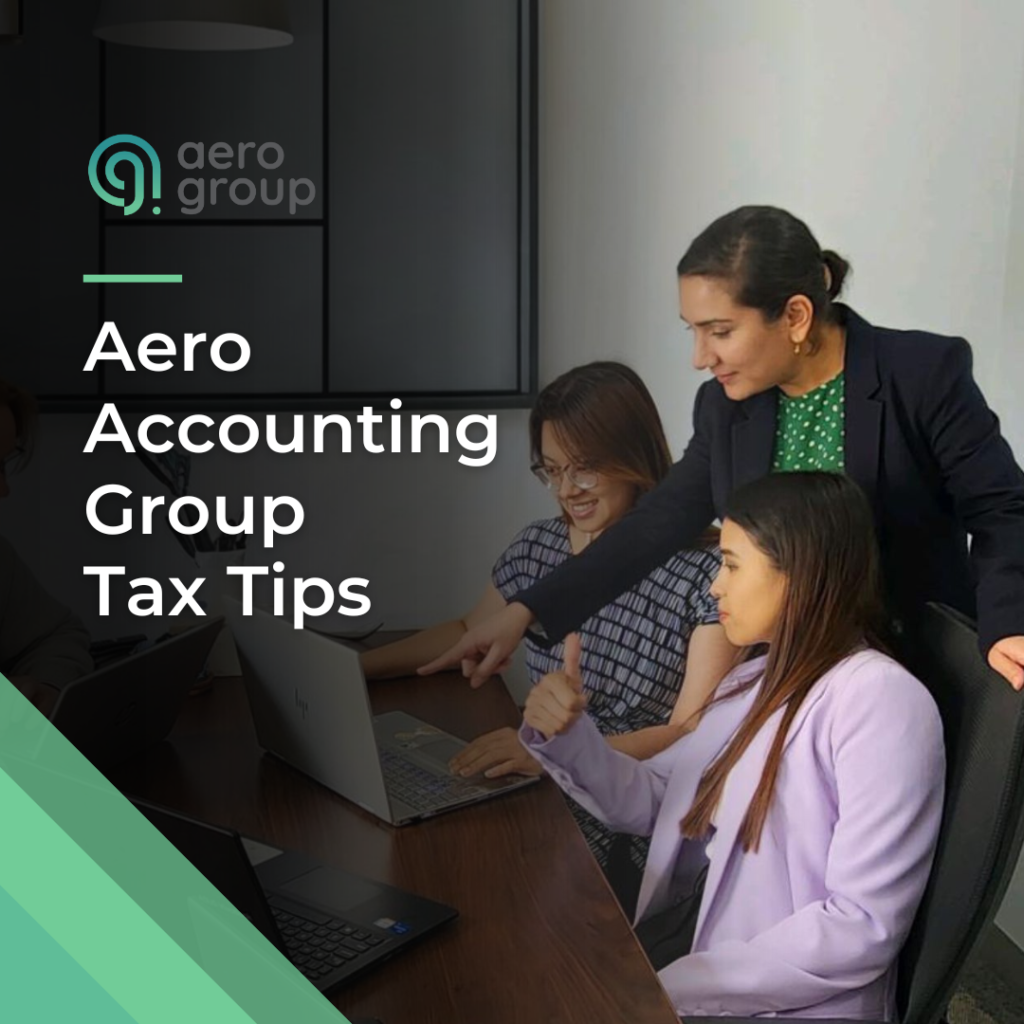- aerogroup
- May 16, 2023
- 3:57 pm

5 Legal Ways to Reduce Your Capital Gains Tax (CGT) and Keep Your Profits
Are you tired of watching a significant portion of your profits disappear in the form of capital gains taxes? If so, you’re not alone. Let’s face it – nobody likes paying taxes. It’s frustrating to work hard to make money, only to have the government take a large chunk of it away.
But, the good news is that there are ways to legally reduce your capital gains tax in Australia. By taking advantage of these strategies, you can keep more of your hard-earned money where it belongs – in your pocket. So, if you’re ready to hold onto more of your hard-earned money, read on.
What is Capital Gains Tax (CGT)?
Capital gains tax is a tax that you pay when you sell an asset, such as a property or a stock, for a profit. Selling an investment property can be a profitable venture, but it also comes with tax implications. The tax is calculated on the difference between what you paid for the asset and what you sold it for. For instance, if you bought a stock for $1,000 and sold it for $2,000, you would be taxed on the $1,000 profit.
The profit you make from the sale, known as capital gain, is added to your income tax return for the year and if the gain is significant enough, it could bump you up into a higher tax bracket, resulting in a higher tax bill.
How to calculate your Capital Gains Tax (CGT):
- Determine the cost base of your asset: This includes the original purchase price, plus any associated costs, such as legal fees, stamp duty, and other expenses incurred in acquiring and improving the asset.
Example: If you bought a property for $500,000, paid $10,000 in stamp duty and $5,000 in legal fees, your cost base would be $515,000. - Determine the sale proceeds: This is the amount you received from selling your asset, minus any associated selling costs, such as agent fees, advertising costs, and legal fees.
Example: If you sold the same property for $800,000 and paid $20,000 in agent fees and $5,000 in legal fees, your sale proceeds would be $775,000. - Calculate the capital gain: Subtract the cost base from the sale proceeds to determine the capital gain. Capital gain = selling price – cost base.
Example: Using the above figures, your capital gain would be $260,000 ($775,000 – $515,000). - Apply any relevant discounts or concessions: If you’ve owned the asset for more than 12 months, you may be eligible for a discount on your capital gains tax. The discount rate is currently 50% for individuals and trusts, and 33.33% for superfunds.
Example: If you’re eligible for the 50% discount, your taxable capital gain would be reduced to $130,000 ($260,000 x 50%). - Include the capital gain in your tax return: The capital gain amount is included in your tax return as part of your taxable income. The amount of tax you’ll pay on the capital gain will depend on your income tax bracket.
Example: If you’re in the 37% income tax bracket, you’ll pay $48,100 in capital gains tax ($130,000 x 37%).
It’s important to understand capital gains tax if you’re planning to sell an asset, as it can have a significant impact on your profits. By taking advantage of legal strategies, you can minimise your taxes and maximise your tax returns.
Learn the 5 simple strategies to save big on capital gains tax for property:
- 12 Months Rule
The 12 month ownership rule is a critical aspect of capital gains tax that every investor should be aware of. This rule determines whether you’re eligible for a discount on the tax you pay when you sell an asset. If you’ve owned the asset for at least 12 months, you may be entitled to a discount on the tax you owe. For instance, if you bought shares for $1,000 and sold them for $2,000 after 15 months, you may only be taxed on 75% of the $1,000 profit, rather than the full amount. - 6 Year Rule
This rule allows you to claim a partial exemption on the tax you owe if you’ve owned the property for at least 6 years. If you make your investment property your main residence for up to 6 years before you sell it, you could be eligible for a partial exemption on your capital gains tax. For example, if you purchased an apartment for $200,000 and sold it for $350,000 after 7 years, you may only be taxed on 1 year of the capital gain, rather than the entire profit.
To use the 6-year ownership rule, your property must have been your main residence for some time during the period you owned it, and you can’t have rented it out during the 6 years before you sold it. - 6 Month Rule
Say hello to the 6-month rule, your ticket to swift sales and tax-saving bliss. Here’s how it works: if you purchase and sell a property within a mere 6-month timeframe, any gains you make won’t be caught in the clutches of capital gains tax. It’s like a time-sensitive magic trick for your finances. Picture this: you bought a property for $200,000 and managed to sell it for $250,000 within 6 months. Voilà! You’ve just pocketed a neat profit without worrying about tax implications.
- Main Residence Exemption
This provision exempts any gains made from the sale of your home from being subject to capital gains tax. To put it simply, it means that when you sell your home, you may not have to pay additional taxes on the profit you make. The Main Residence Exemption recognizes the importance of your main residence as a place of shelter and security, and aims to provide financial relief for homeowners. By meeting the necessary requirements, you can potentially enjoy significant tax savings. This exemption serves as a way to incentivize homeownership and allows you to fully benefit from the appreciation in your home’s value when you decide to sell it.
- Temporary Absence
This rule ensures that homeowners can retain their main residence tax status, even when they’re temporarily away. Whether it’s for an extended vacation, work assignment, or any other reason that takes you away from your home, the Temporary Absence Rule allows you to potentially avoid capital gains tax on the sale of your property. For instance, let’s say you decide to take a six-month break to explore the world and rent out your home while you’re away. Thanks to the Temporary Absence Rule, you can maintain your tax advantages and enjoy the potential financial benefits when you eventually sell your property.
Reducing your Capital Gains Tax (CGT) and maximising your profits doesn’t have to be an uphill battle. By utilising these five legal strategies, you can navigate the complexities of CGT and keep more of your hard-earned money in your pocket. From leveraging tax exemptions to strategic timing, there are actionable steps you can take to minimise your tax obligations and optimise your financial gains.
However, understanding the intricacies of CGT and implementing these strategies effectively may require the guidance of tax experts. That’s where Aero Accounting Group comes in. With their team of experienced professionals, they can provide you with the knowledge and expertise needed to navigate the world of CGT. Whether you’re a property investor, business owner, or individual looking to optimise your tax position, Aero Accounting Group can help you achieve your financial goals.
Don’t let CGT take a bigger bite out of your profits than necessary. Take control of your tax obligations and explore the opportunities to reduce your CGT. Contact Aero Accounting Group today and discover how their tailored solutions can help you keep more of what you’ve rightfully earned.
Need help?
Contact us at Aero Accounting Group today for a free Business Introductory appointment where we get to know a little bit more about you and your business, to prime you for success.
Do You Make Money Online? ATO Tax Rules for Aussie Influencers
Monetising content online in Australia? Discover the latest ATO tax...
Read More2025 Budget Breakdown: What Everyday Australians Need to Know
Learn about the 2025 Federal Budget’s changes, including tax savings,...
Read More2027 Business Compliance Update: Non-Compete Ban, Wage-Fixing & Staff Mobility
Big changes are coming in 2027 for Aussie businesses—non-compete bans,...
Read MoreUpcoming Ban on Non-Compete Clauses in Australia: What Business Owners Need to Know
The 2025–26 Federal Budget proposes a ban on non-compete clauses...
Read More








